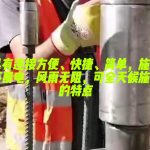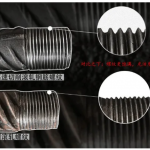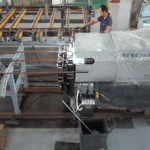Reinforcement engineering is an extremely important project in building construction. Its construction quality is the key to determine the quality of building structure, and will also affect the follow-up project construction. Civil engineering Jun has previously shared the treatment of common problems in reinforcement construction quality, and learned that solving problems is not enough, but more importantly, prevention. Standardize the construction, eliminate quality problems and reduce the waste of labor, time and materials.
Today, the key points of practical operation are summarized from the aspects of reinforcement construction preparation, material saving, testing, construction, anti-corrosion and acceptance. Full of dry goods:
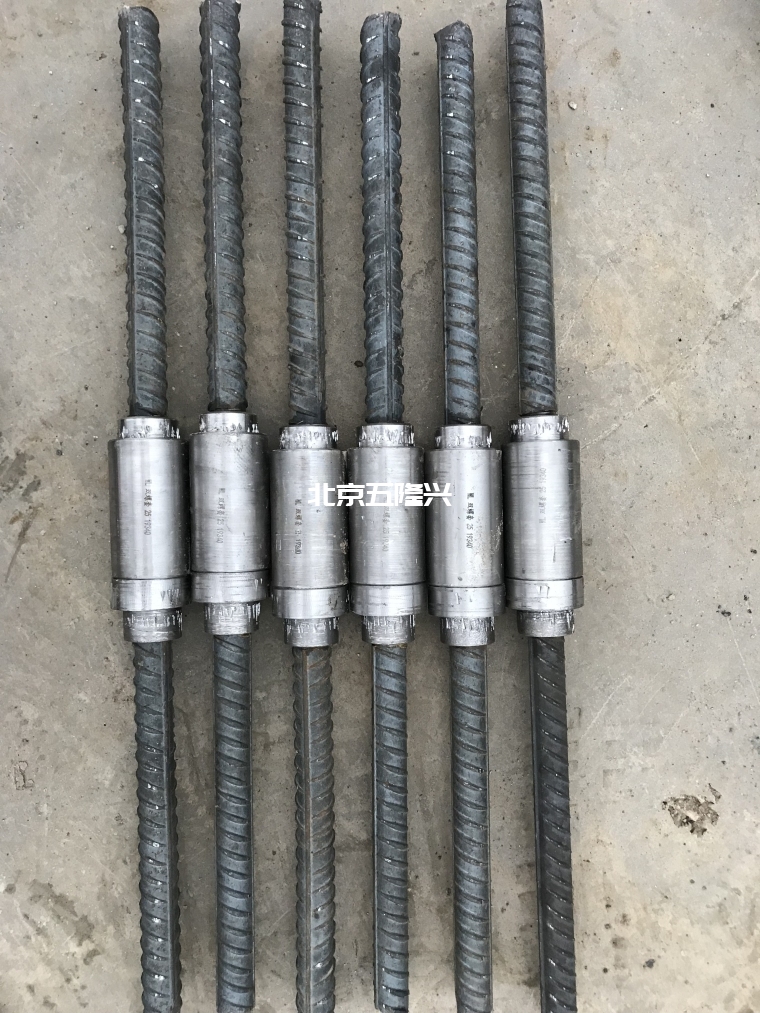
Construction preparation
1. During construction, be familiar with the construction drawings and relevant changes, and fill in the review records and changes in the corresponding positions in the construction drawings to prevent errors during construction.
2. After being familiar with the construction drawings and before construction, the setting out table of reinforcement shall be completed first, the steel consumption plan shall be provided to the project department, and the problems occurred in the setting out process shall be reported to the technical director of the project department in time.
3. Cooperate with the foreman of the project department in technical disclosure and safety education at all levels.
4. The certificates of the operators for butt welding and vertical welding of reinforcement shall be provided to the project department for filing in time to complete the simulated welding test, etc. Actively cooperate with the project department to witness and take reinforcement materials.
5. All materials entering the site shall be classified, stacked and identified, and materials that have not been inspected are strictly prohibited from use.
Key points of material saving
1. In the procurement stage, the actual use of reinforcement raw materials in each stage, the scale of reinforcement stacking yard, the existing surplus reinforcement and surplus materials on site shall be comprehensively considered, so as to formulate the optimal reinforcement procurement plan, and select the appropriate reinforcement length according to the blanking sheet and the actual situation of the site.
2. Reinforcement processing shall be carried out in batches. It is not allowed to make and bind components one by one, and each batch shall be a construction section not less than 30m long, so as not to affect the project progress, or cause a large waste of materials and serious slowdown.
3. During construction, the head of reinforcement shall be cleaned first, classified according to the thickness and length, and placed from one end.
4. During construction, unified allocation management shall be carried out for the use of reinforcement, a quota picking system shall be established, and materials shall be distributed in strict accordance with the principle of “first in, first out, pushing the old and storing the new”.
5. During construction, long materials shall be used or intercepted first, and then the remaining short materials shall be used reasonably. It is not allowed to use overqualified materials, superior materials and inferior materials. If there is any lost reinforcement, it shall be preferentially used for horse stool reinforcement, embedded parts, short hole reinforcement, etc., and the long and short head reinforcement can be welded together, so as to greatly save the amount of reinforcement.
6. After construction, if there are still remaining reinforcement heads or semi-finished products, the materials shall be recorded in the account, the use of steel shall be checked regularly, and the loss rate shall be checked, so that the next material selection shall give priority to the selection and use of head materials, and then the reinforcement raw materials shall be selected.
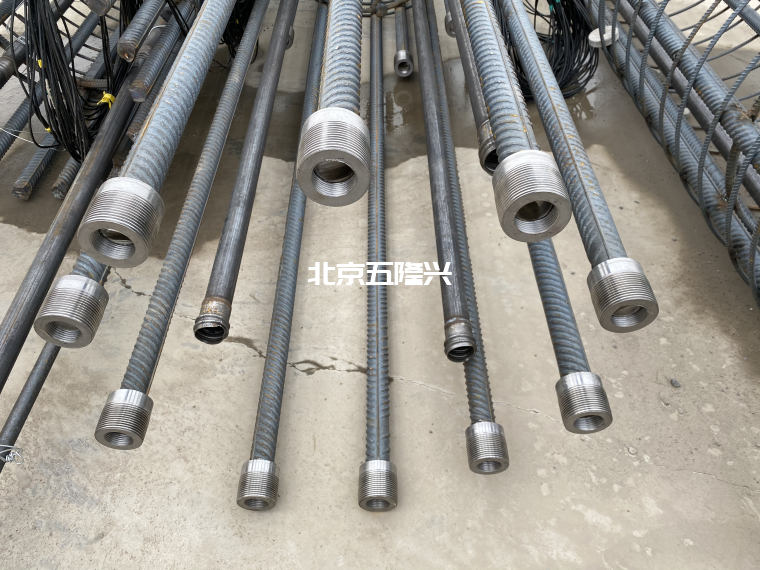
Key points of detection
Reinforcement source detection
(1) The construction unit shall issue the following quality certificates:
- Original product certificate (copies are restricted and must be stamped with official seal);
- The original of the product Filing Certificate (the copy must be stamped with the official seal of the filing enterprise);
- Production license number;
- Check whether the steel manufacturer is in the list of formal production enterprises issued by the local construction committee.
(2)The batch of reinforcement shall be inspected as follows:
- Product name, model, specification and brand;
- Production date, manufacturer name, address, factory seal and production license number;
- Have the certificates and seals of inspectors and inspection units and the technical data specified by mechanical and chemical properties;
- Adopted standard name or code;
- There must be signs and attached signs on the surface of threaded reinforcement;
- The total amount of steel shall not exceed 60t (one inspection lot).
(1) The surface of hot rolled reinforcement shall be free of cracks, scabs and folds;
(2) The wire rod is allowed to have indentation, local concave convex block, scratch and pitted surface, but its depth or height shall not be greater than 0.2mm;
(3) The weight of oxide scale (rust) on the reinforcement surface shall not be greater than 16KG / T.
Reinforcement performance test
(1) The performance test of reinforcement is mainly to test the mechanical properties and process properties of reinforcement before mobilization. (2) Reinforcement performance testing generally includes hardness test, tensile test, bending test, impact test, torsion test, welded joint inspection, welding process qualification and other testing items.
(3) Each batch of tested reinforcement shall not be greater than 60t, and shall belong to the same brand, have the same shape, specification, production process and be in the same delivery state.
Key points of construction
1. During welding construction, dry and appropriate electrodes, short arc and appropriate current shall be used as far as possible, and vertical welding shall be maintained as far as possible to avoid excessive inclination.
2. The welding site shall be provided with good facilities against wind, rain, snow and severe cold. When the construction ambient temperature is – 20 ~ 5 ℃, corresponding technical measures shall be taken for treatment; If the construction ambient temperature is lower than – 20 ℃, welding construction shall not be carried out.
3. When welding or binding bar arc welding is adopted for reinforcement joints, double-sided welds shall be made as far as possible; When the steel bar joint adopts overlapping arc welding, the overlapping ends of the two steel bars shall be folded to one side in advance to make the axes of the two jointed steel bars consistent.
4. When binding the reinforcement, all the intersection points of the reinforcement shall be bound, and the reinforcement shall not be displaced. Generally speaking, the stirrup of the foundation beam shall be bound by wrapping buckle, and the plate reinforcement shall be bound by eight shaped buckle.
5. During the binding of wall reinforcement, the verticality shall be controlled by hanging wire, and the spacing of main reinforcement shall be strictly controlled. If double-layer reinforcement mesh is adopted, supporting iron (hook) shall be set between the two layers of reinforcement to fix the spacing of reinforcement.
6. During the binding of beam reinforcement, the binding number and spacing of main reinforcement and stirrup shall be ensured without missing reinforcement.
7. During construction, attention shall be paid to the treatment of exposed thread length, and for taper thread or rolled straight thread joints, the joint length shall be sleeve and sugarcane plus the length of exposed thread at both ends.
Key points of anti-corrosion
1. During construction, the hot-dip galvanizing anti-corrosion technology can be used to immerse the workpiece to be plated into the molten metal zinc bath and coat it, so as to form a pure zinc coating on the steel surface and a zinc alloyed coating on the secondary surface.
2. During construction, the surface of hot-dip galvanized parts shall be smooth without peeling, missing plating, dropping tumor, roughness and zinc thorn, and residual solvent slag.
3. When the arc spraying method is used for anti-corrosion construction, it shall be carried out in the environment with relative humidity less than 85%.
4. Vertical cross spraying (the spray gun is perpendicular to the workpiece) shall be adopted. If vertical spraying cannot be carried out, the slope between the spray gun and the workpiece surface shall not be less than 45 °.
5. When mechanical tools are used for painting and anti-corrosion, the weather, temperature and humidity at the construction site shall be considered, and the surrounding media shall be selected to adjust the viscosity.
6. The paint shall be applied for 4 ~ 5 times during construction, and the next paint spraying shall be carried out after the paint is dried to 80% or completely dried.
7. During construction, the travel speed of the spraying machine shall be reasonably controlled to avoid spraying blank caused by too fast travel speed of the spraying machine, or paint accumulation and sagging caused by too slow travel speed, which will affect the later drying time.

Key points of acceptance
1. Whether the connection area of column wall longitudinal reinforcement is staggered according to the specification, and whether the staggered distance meets the requirements;
2. Whether the longitudinal reinforcement of column wall is welded vertically and fully, and whether the joint quality meets the requirements;
3. Whether the number of densified stirrups in the densified area of column and beam stirrups meets the requirements;
4. Whether the beam column stirrup spacing and plate reinforcement are constructed according to the drawing and evenly arranged.
5. Whether the relative position of reinforcement meets the specification requirements (the length of both sides of negative reinforcement is symmetrical, etc.);
6. Whether the reinforcement of the opening is arranged and whether the arrangement meets the requirements;
7. At the double-layer slab reinforcement, whether one horse stool is set per square meter to ensure that the protective layer of the upper reinforcement meets the requirements;
8. Whether the reserved reinforcement is reserved and whether the reservation requirements are standardized (structural column, ring lintel, reverse opening, etc.);
9. Whether the overlapping of reinforcement (especially the distribution reinforcement and negative reinforcement of slab) is too long;
10. Whether the reinforcement is fully bound and whether the quality of full binding meets the requirements;
11. Whether the reinforcement quantity is constructed according to the drawing and whether the arrangement meets the requirements.
12. Whether the welding slag produced by welding is knocked down in time, and whether the floor welding slag is cleaned and transported in time;
13. Whether the placement position of two-way reinforcement meets the requirements (stressed reinforcement under or short reinforcement under);
14. Whether the reinforcement exposed to the floor during concrete pouring and tamping is handled and concealed in time;
15. After the completion of concrete pouring and tamping, whether the reinforcement of offset column is adjusted in time, and whether the reinforcement protruding from the floor is handled and concealed in time;
16. Whether the reinforcement under the opening and wall is omitted and meets the specification requirements.
Source: wood engineering network, invasion and deletion
 五隆兴科技发展有限公司
五隆兴科技发展有限公司

